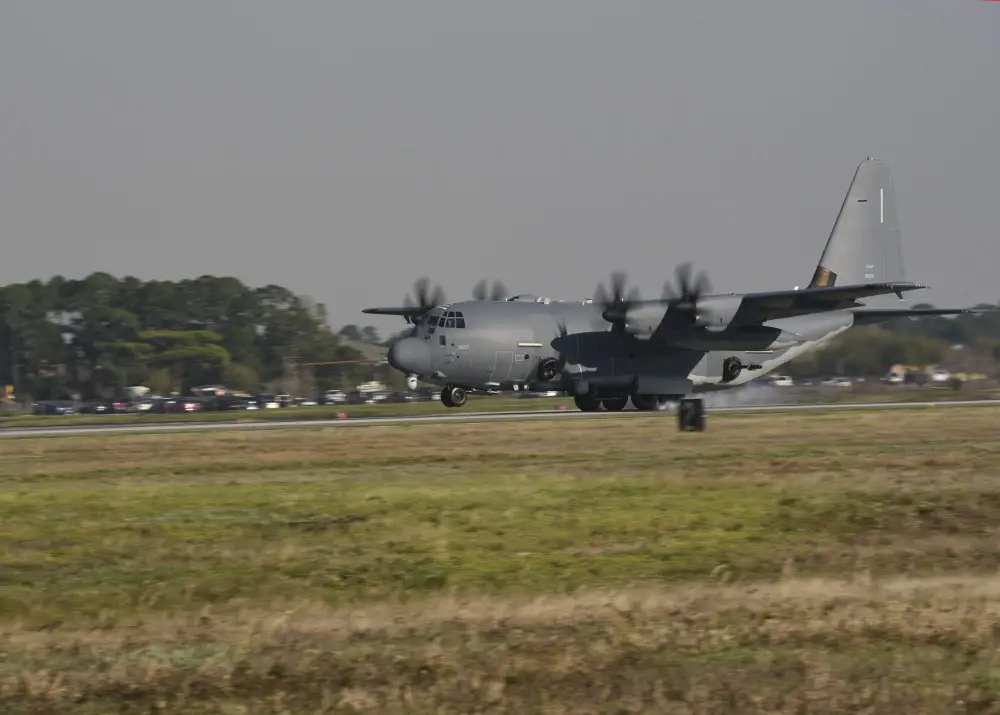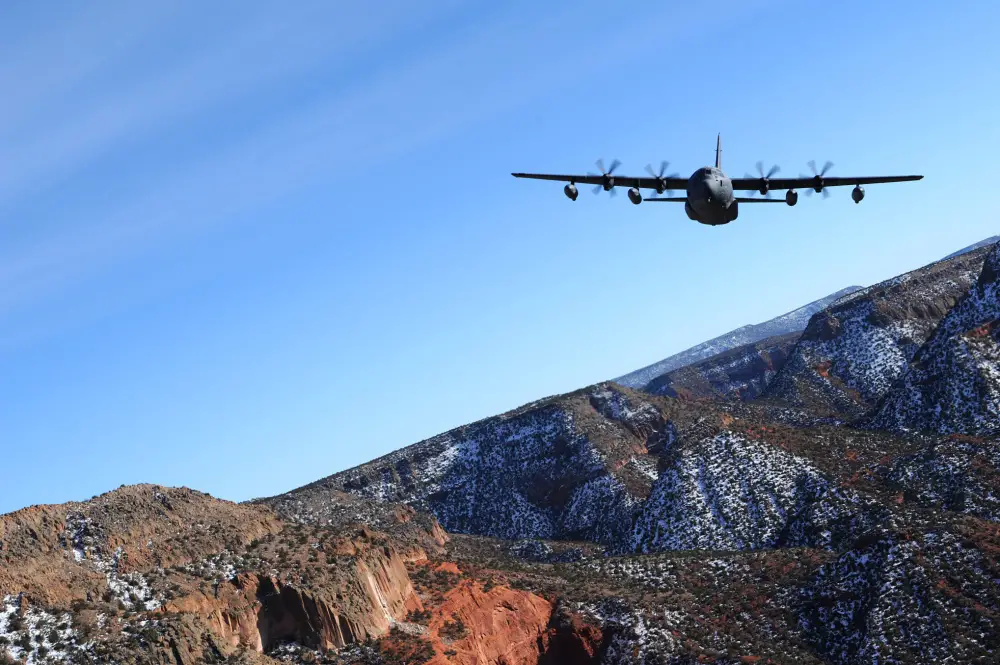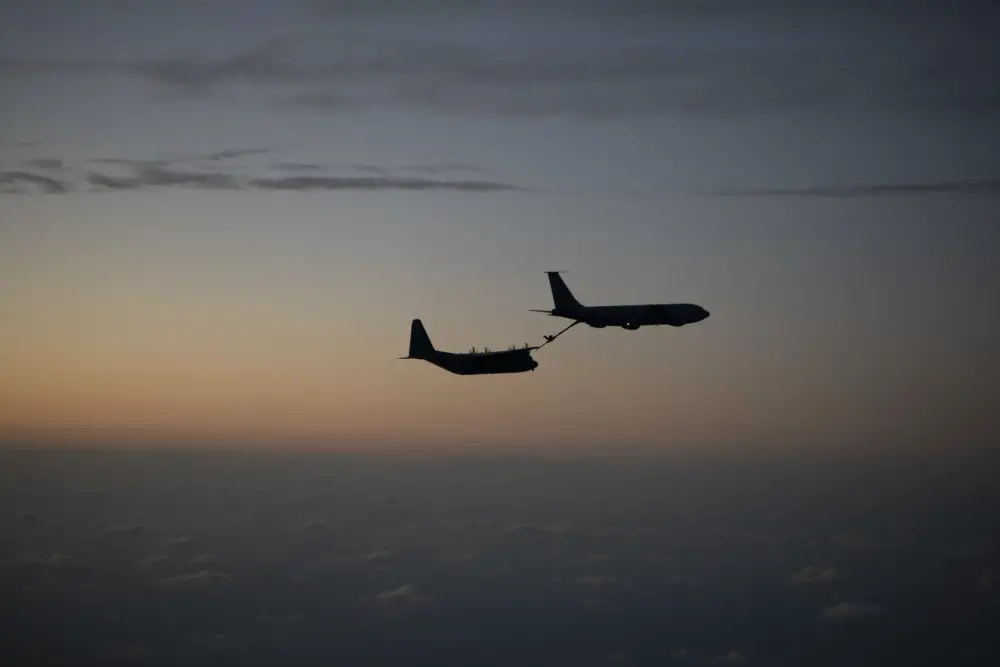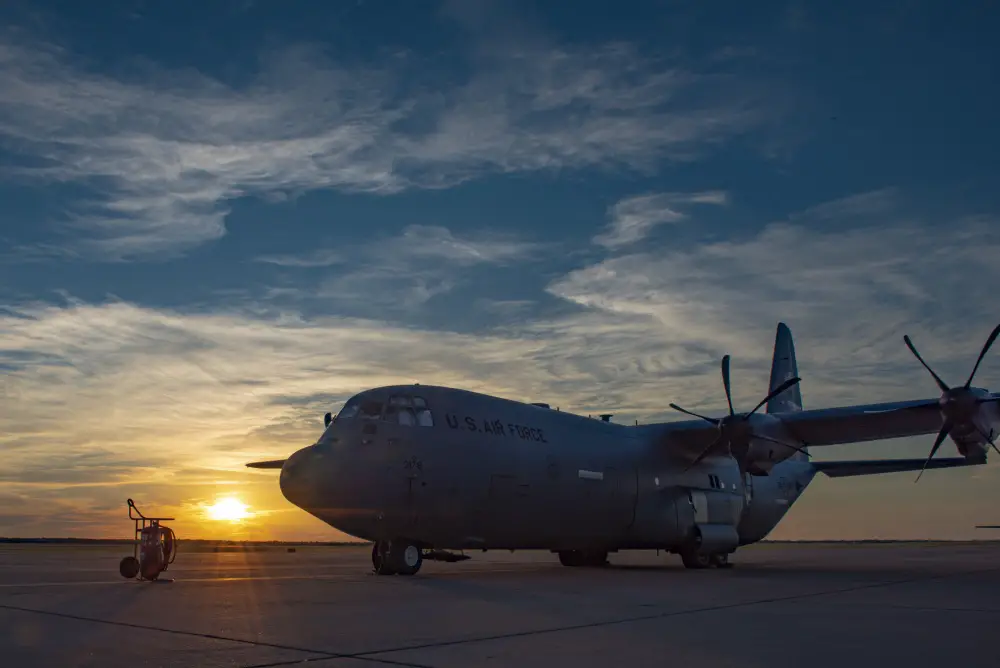Sierra Nevada Corporation (SNC), Centennial, Colorado, was awarded a $700,000,000 fixed-price-award-fee, firm-fixed-price, cost-plus-fixed-fee, time-and-materials and cost-reimbursement-no-fee contract (H92408-20-C-0004) in support of U.S. Special Operations Command (USSOCOM) for the development and procurement of Radio Frequency Countermeasure (RFCM) systems. The systems will be integrated onto AC-130J Ghostrider and MC-130J Commando II aircraft operated by U.S. Air Force Special Operations Command to help protect aircrews from air- and land-based enemy radar and missile systems. Funds in the amount of $87,929,352 are being obligated at the time of award.

SNC builds on this robust history with its AC/MC-130J Radio Frequency Countermeasure (RFCM) electronic warfare system for the U.S. Air Force Special Operations Command (AFSOC) C-130J aircraft fleet. A fully integrated suite, the system adds radio frequency countermeasures capability to the MC-130J Commando II and AC-130J Ghostrider aircraft to help detect, identify, locate, deny, degrade, disrupt, and defeat threats in the battlespace and beyond a pilot’s line of sight. The system supports the varied and critical Special Operation Forces missions including armed over-watch, helicopter refueling, close air support, and interdiction in the most sensitive and hostile territories.

The AC-130J Ghostrider is the heavily armed, long-endurance gunship variant of Lockheed Martin C-130J Super Hercules tactical airlifter. Air interdiction missions are conducted against preplanned targets or targets of opportunity and include strike coordination and reconnaissance and overwatch mission sets. The AC-130J is the fourth generation gunship replacing the aging fleet of AC-130U “Spooky”/AC-130W Stinger II gunships. The aircraft is armed with the Precision Strike Package (PSP) with 30mm and 105mm cannons and Standoff Precision Guided Munitions (i.e. GBU-39 Small Diameter Bomb (SDB) and AGM-176 Griffin missile).

The MC-130J Commando II is a variant of Lockheed Martin C-130J Super Hercules operated by the U.S. Air Force Special Operations Command (AFSOC). The MC-130J primarily flies missions at night to reduce probability of visual acquisition and intercept by airborne threats. Its secondary mission includes the airdrop of leaflets as part of psychological warfare. It flies clandestine, or low visibility, single or multiship, low-level air refueling missions for special operations helicopters/tiltrotor aircraft, infiltration/exfiltration, and resupply of special operations forces (SOF) by airdrop. The MC-130J is replacing the aging SOF fleet of 37 MC-130E Combat Talon I and MC-130P Combat Shadow tankers.
